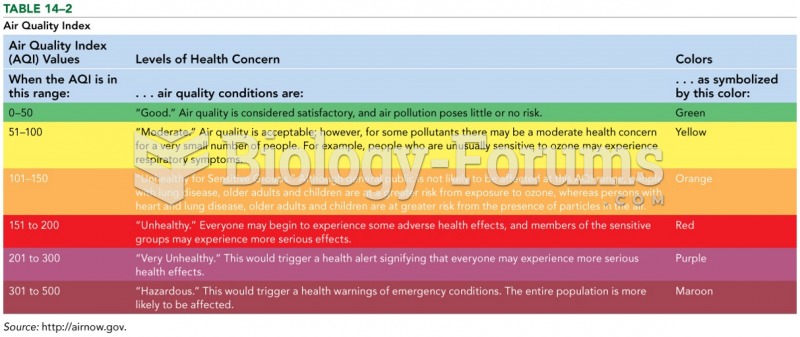|
|
|
Did you know?
Alcohol acts as a diuretic. Eight ounces of water is needed to metabolize just 1 ounce of alcohol.
Did you know?
Oxytocin is recommended only for pregnancies that have a medical reason for inducing labor (such as eclampsia) and is not recommended for elective procedures or for making the birthing process more convenient.
Did you know?
If you could remove all of your skin, it would weigh up to 5 pounds.
Did you know?
People about to have surgery must tell their health care providers about all supplements they take.
Did you know?
By definition, when a medication is administered intravenously, its bioavailability is 100%.






![Given the values of sin θ, determine the values of θ over the interval [0, 2pi]](https://biology-forums.com/gallery/42/medium_6_04_01_21_12_54_15.png)
